With the rise in popularity of electric vehicles, many people are switching from traditional gasoline-powered cars to electric cars like Tesla.
Quick Overview:
- Tesla electric vehicles do not require oil changes, as they are powered by electric motors, not internal combustion engines.
- Some components of a Tesla, like the Drive Unit, Gearbox, and Brake Fluid, do require specific oils and lubricants but have longer replacement intervals compared to traditional oil changes
- Tesla vehicles have electric motors with fewer moving parts and less friction, making them more efficient and not reliant on oil.
One question that often arises is ‘Do Tesla need oil changes.’ The answer is no, and Tesla doesn’t need oil changes.
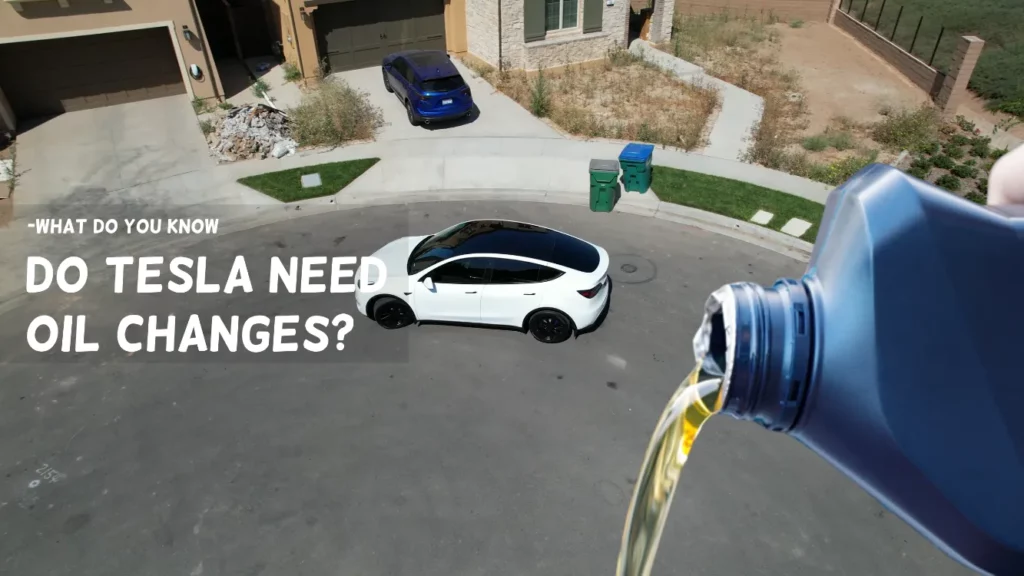
Which Tesla Components Need Oil Changes?
Tesla vehicles are powered by electric motors, which do not require oil to operate. However, there are still some components of a Tesla that require the use of certain oils and lubricants, such as:
Drive Unit
Oil is required for the Drive Unit’s AC induction propulsion motor. However, this oil does not typically require inspection or replacement until the vehicle has been driven 100,000 miles.
Gearbox
The Tesla gearbox also requires a specific form of oil. During the first, fifth, and ninth years of ownership, Tesla suggests replacing this lubricant.
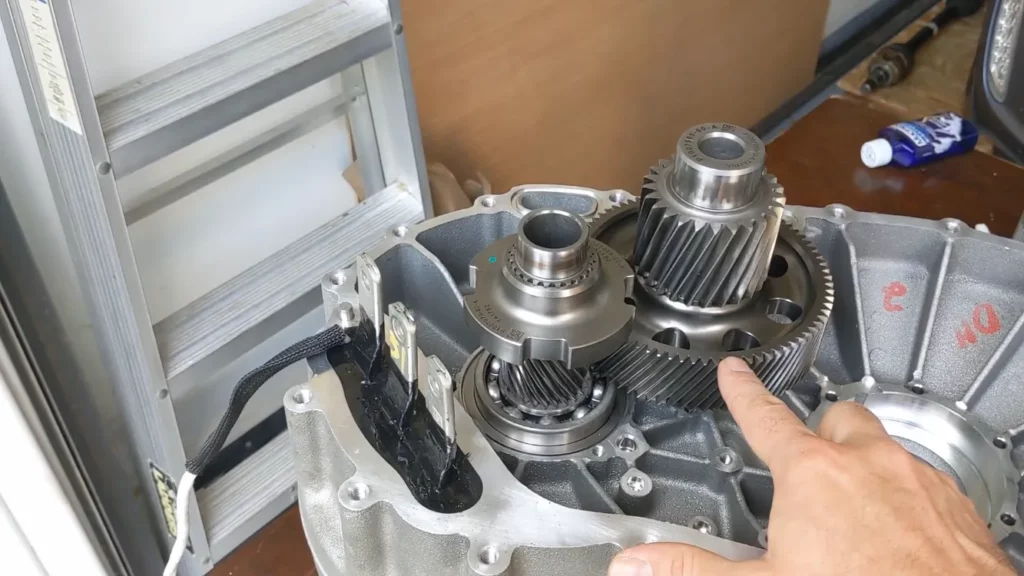
Brake Fluid
Tesla recommends checking the quality of the brake fluid after a certain period of time, which is essential for the proper functioning of the braking system. Contaminated brake fluid can reduce braking efficiency and cause corrosion of the brake components.
Tesla recommends testing the brake fluid every 4 years and replacing it as needed.
However, heavy brake use resulting from towing, mountain descents, or performance driving in hot and humid climates may necessitate more frequent brake fluid inspections and replacements.
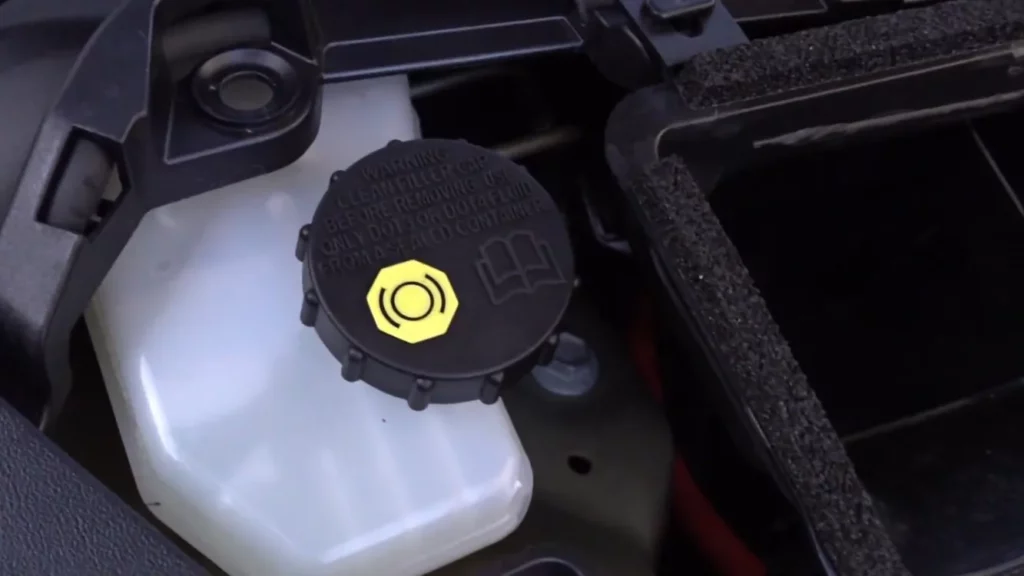
Winter Care
Tesla winter care service involves cleaning and lubricating the brake calipers, which can get stuck or corroded due to exposure to salt, snow, and ice. This can affect braking performance and cause noise or vibration.
Tesla recommends performing winter care service every 12 months or 12,500 miles for vehicles in cold weather regions.
What Is the Main Reason of Tesla Vehicles Don’t Need Oil Changes?
If your question is whether do Tesla need oil changes like traditional gasoline-powered cars, the answer is no. Tesla vehicles do not require oil changes because they do not have internal combustion engines that use oil for lubrication and cooling.
Instead, Tesla vehicles have electric motors that run on electricity stored in batteries. These motors have fewer moving parts and less friction than gasoline or diesel engines, which means they do not need oil or other fluids to operate.
However, there are still some components of a Tesla that require the use of certain oils and lubricants.
What Are the Other Maintenances Required for Tesla Vehicles?
Tesla vehicles do not require oil changes, which does not mean that Tesla vehicles are maintenance-free. Here is a list of some of the maintenance items that Tesla recommends for its vehicles:
Cabin Air Filter
This filter prevents dust, pollen, and other particles from entering the vehicle through the vents.
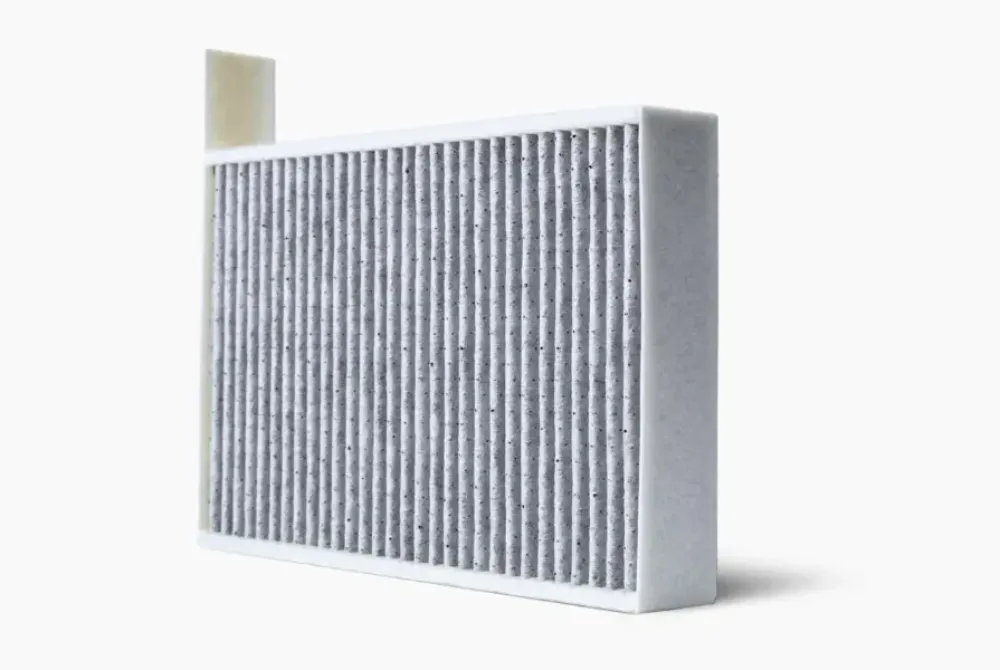
Tesla suggests replacing the cabin air filter on the following schedule:
| Tesla Model | Replacement Time |
| Model S | Every 3 years |
| Model S (2012-2020) | Every 2 years |
| Model 3 | Every 2 years |
| Model X | Every 3 years |
| Model X (2012-2020) | Every 2 years |
| Model Y | Every 2 years |
HEPA Filter
HEPA filter is an optional feature that provides enhanced air quality inside the vehicle. It can remove bacteria, viruses, and pollutants from the air. Tesla recommends replacing it every 3 years for vehicles that have it.
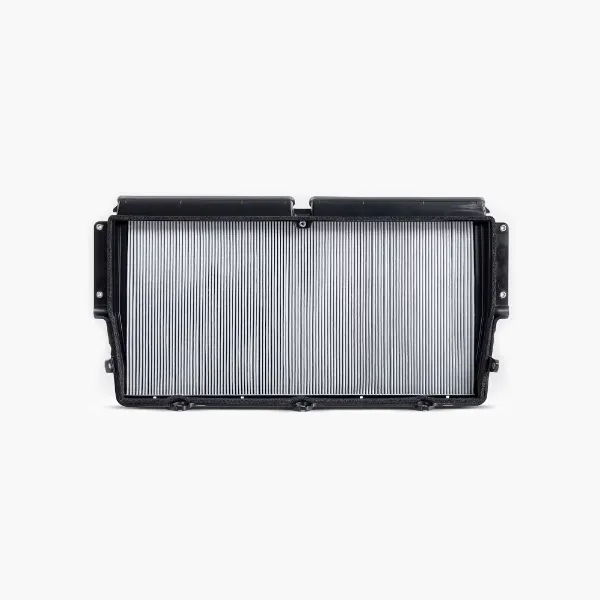
Tire Rotation, Balance, and Alignment
These services help to extend the life of the tires and improve the handling of the vehicle.
Tesla recommends rotating the tires every 6,250 miles or if the tread depth difference is 2/32 inches or greater, whichever comes first.
Balancing and aligning the wheels should be done as needed, depending on driving conditions and wear patterns.
Read also: Tesla Air Filter Replacement Cost: Everything You Need to Know
Air Conditioning Service
This service replaces the desiccant bag in the air conditioning system, which helps to remove moisture from the refrigerant. Moisture can damage the system and reduce its cooling capacity.
Tesla suggests following the recommended air conditioning maintenance schedule:
| Tesla Model | Replacement Time |
| Model S | Every 3 years |
| Model S (2012-2020) | Every 2 years |
| Model 3 | Every 4 years |
| Model 3 (2017-2021) (if it doesn’t have a heat pump) | Every 6 years |
| Model X | Every 3 years |
| Model X (2012-2020) | Every 4 years |
| Model Y | Every 4 years |
Frequently Asked Questions [FAQs]
Why doesn’t Tesla need oil changes?
Tesla doesn’t need oil changes because their electric motors don’t employ oil for lubrication, unlike standard combustion engines.
Does the Tesla gearbox require oil?
Yes, the Tesla gearbox requires the synthetic lubricant Pentosin ATF 9 for transmission efficiency.
How often should I service my Tesla?
Tesla suggests servicing your vehicle every 12,500 miles or annually, whichever occurs first.
